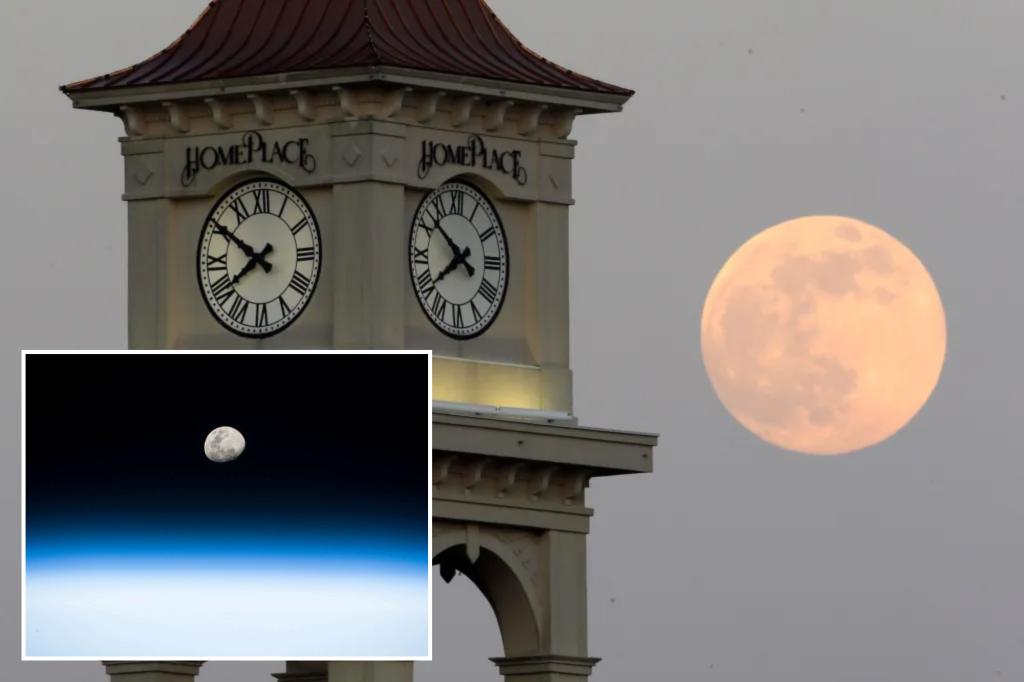NASA is working on creating a new time reference system for the moon that takes into account the differences in gravity between the Earth and the moon, which cause time to move slightly quicker on the moon compared to Earth. The White House has instructed NASA and other US agencies to collaborate with international agencies on developing this new moon-centric time frame. An atomic clock on the moon would tick at a different rate than a clock on Earth, requiring a unique system for tracking time on the moon, according to Kevin Coggins, NASA’s communications and navigation official.
All operations on the moon would be conducted according to the faster moon time, with timing becoming more critical with advances in GPS, satellites, and advanced computer systems. The European Space Agency has previously suggested the need for a unified time reference for the moon, where a day lasts 29.5 Earth days. Unlike Earth, the moon will not have daylight saving time, further emphasizing the need for a separate time system for lunar activities.
The International Space Station will continue to use coordinated universal time or UTC, while NASA needs to establish when the new lunar time system will be implemented. Earth’s time can vary due to leap seconds, posing another challenge in establishing an accurate and consistent system for tracking time on the moon. In the past, astronauts on the moon used watches, but now precision timing is crucial for the functioning of high-tech systems in space, Coggins explained.
The White House has set a deadline for NASA to present a preliminary plan for the moon-centric time system by the end of the year, with the goal of finalizing the plan by the end of 2026. NASA is planning to send astronauts around the moon in September 2025 and land humans on the moon a year later. This initiative is part of NASA’s efforts to advance space exploration and develop innovative technologies for future missions to celestial bodies beyond Earth.
The development of a new time system for the moon highlights the complexities of operating in space and the need for accurate and synchronized tracking of time on different astronomical bodies. NASA’s collaboration with international partners underscores the global effort to enhance space exploration and utilize resources beyond Earth. Establishing a unique time reference for the moon will enable more efficient and precise operations in space, paving the way for future missions and scientific discoveries on the lunar surface.
By leveraging advanced technologies and scientific knowledge, NASA is working towards expanding human presence in space and unlocking the potential of the moon for exploration and research. The establishment of a moon-centric time system represents a significant step towards enabling sustainable and long-term missions to the moon and beyond. As space agencies around the world continue to collaborate and innovate, the development of new systems and technologies will drive the future of space exploration and inspire further discoveries in the vast expanse of the universe.


